The original Diablo 3 was canceled, and it looked surprisingly similar to Diablo 4
Blizzard North's vision for Diablo 3 looks oddly familiar, but it wasn't meant to be.
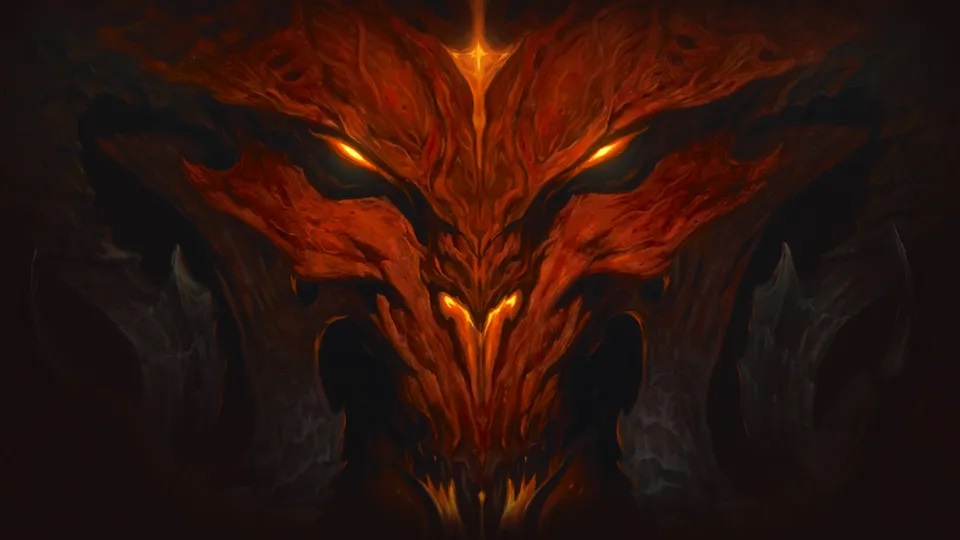
Sanctuary is open. Players from all corners of the internet roam its gothic world. Dungeons are ransacked by parties of roving adventurers, and quiet hamlets are turned into hubs for multiplayer meet-ups. The hardiest choose to go it alone. But others form guilds to cleave through legions of hellspawn.
I'm not describing Diablo 4, but rather the original vision behind its predecessor, as conceived by Blizzard North over 20 years ago, before most of the team left, the studio shut down, and Diablo 3 was all but rebooted from scratch.
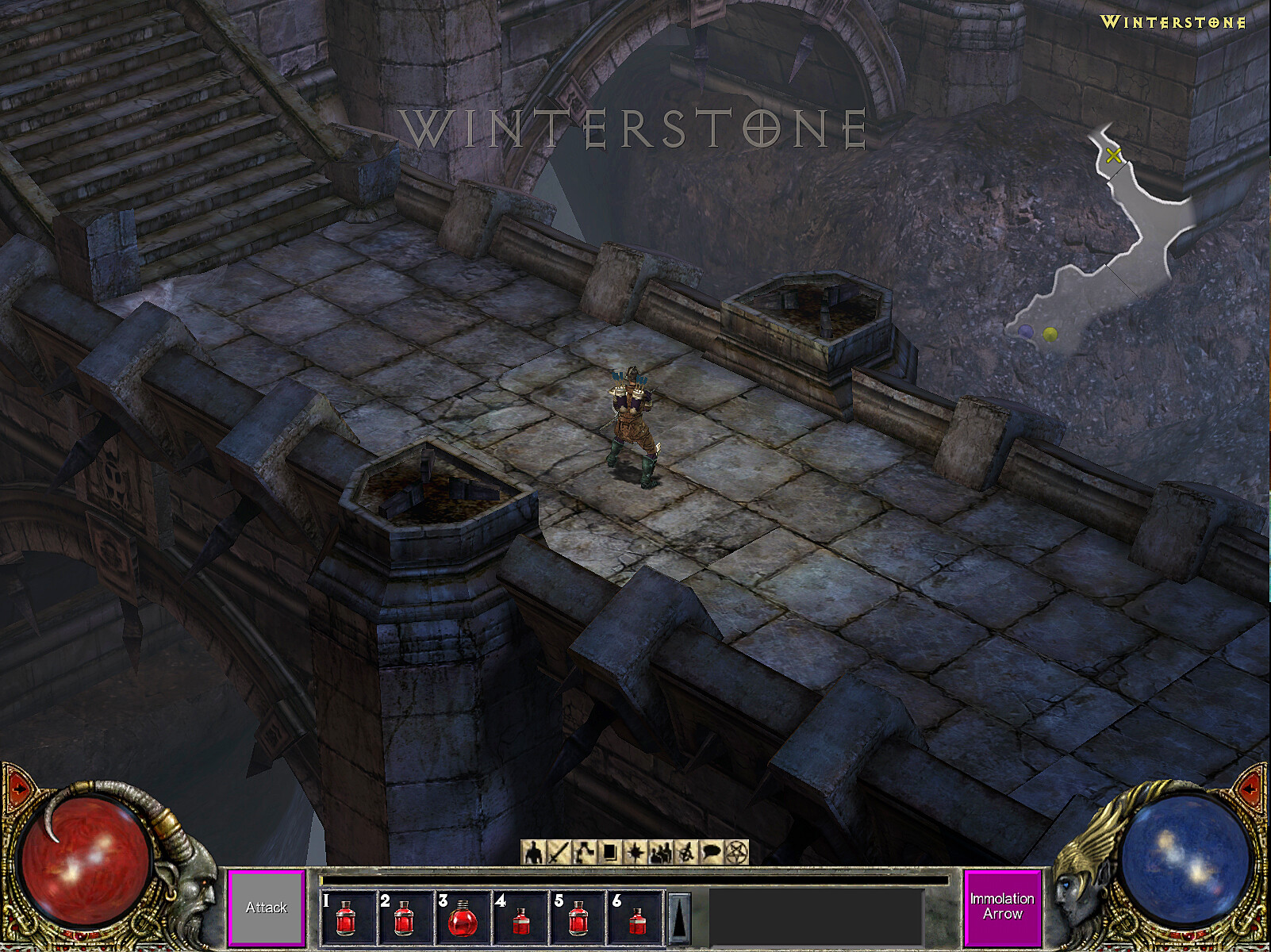
"It was going to be a cross between an RPG and an MMO, so it would still have an ARPG perspective but in a massively multiplayer setting," says David Brevik, president of Blizzard North at the time and co-creator of the series. "We wanted it to feel more like a real world than a place that you would visit. You would see other people and other adventurers doing things, and you could team up and work together, or go your separate ways. The premise was having thousands of other players in the same world as you, making it more of a place."
The premise was having thousands of other players in the same world as you.
David Brevik
The parallels to Blizzard's latest infernal action RPG are striking. Diablo 4 also meshes the series' staple dungeon crawling with many elements typical of an MMO: public clans of up to 150 players, regularly spawning server-wide bosses, and a shared world in which you regularly cross paths with others. Its multi-tiered battle pass and seasonal updates are more peculiar to today's gaming trends, but those live service staples hadn't been established when Diablo 3 first entered development.
After releasing Diablo 2 to huge commercial and critical success in the summer of 2000 and following up with an equally well-received expansion a year later, the team at Blizzard North quickly moved on to the series' third installment. By this time, RPGs of all stripes were back in PC vogue following a lull a decade earlier, and the growth of reliable online networking had begun to spur more complex and popular iterations of their online variants. Like hundreds of thousands of others, Blizzard North was taking note.
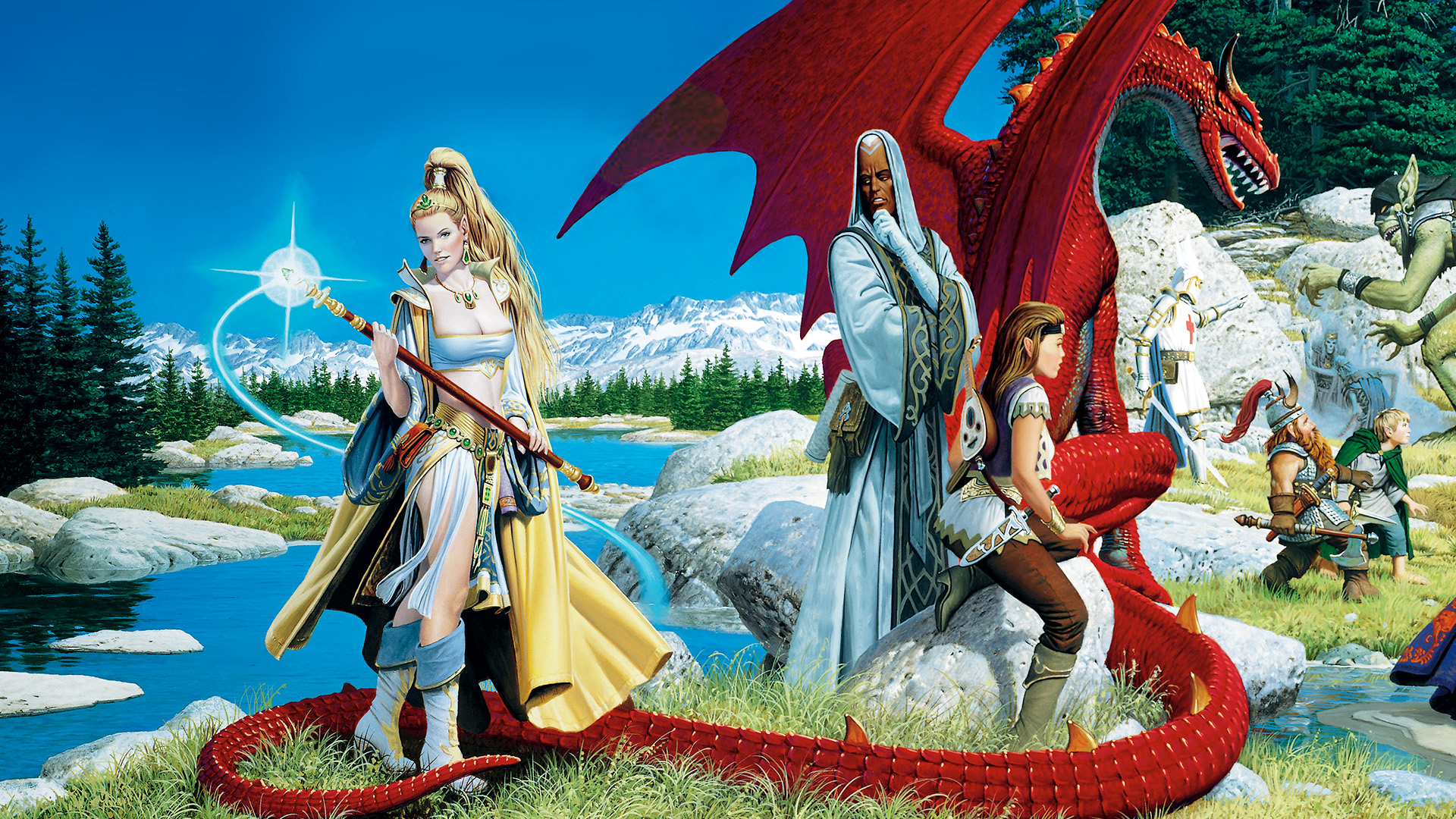
"We were giant EverQuest players," Brevik says. "That game had a huge influence on us". The fantasy MMO had released in North America in 1999 and quickly rocketed in popularity for its cutting-edge open world that could host thousands of players. Its colorful environments stood in stark contrast to the many darker, low fantasy roleplaying games that were common at the time, and it boasted an extensive collection of playable classes and fantasy races. More oddly, it operated a highly profitable monthly subscription model.
"That was the premise for making World of Warcraft," Brevik says. "We were all playing EverQuest and were like, Jesus Christ this game could be so much better." As the Diablo team's counterparts at sister studio Blizzard South set to work aping and honing EverQuest's template into what would become its own mammoth MMO, so too was Blizzard North cherry-picking from its more inspired concepts. "A lot of the stuff [EverQuest] did was kind of hacky and crude rather than user-friendly," Brevik says. "And so we felt like there was a space in the market where we could improve upon the design they had and we could make it a much more approachable experience."
The biggest gaming news, reviews and hardware deals
Keep up to date with the most important stories and the best deals, as picked by the PC Gamer team.
But MMO features weren't to be the only major change for the series. When Diablo 2 entered development years earlier in 1997, the team had debated whether to stick to the true isometric 2D perspective of the first game or create a fully rendered 3D world. Still at the advent of 3D-capable graphics cards that could only handle low polygon counts, pre-rendered pixel art won out for that game. But by the time the team took their third crack at the series, ambitious modeling in three dimensions had become expected from big-budget releases.
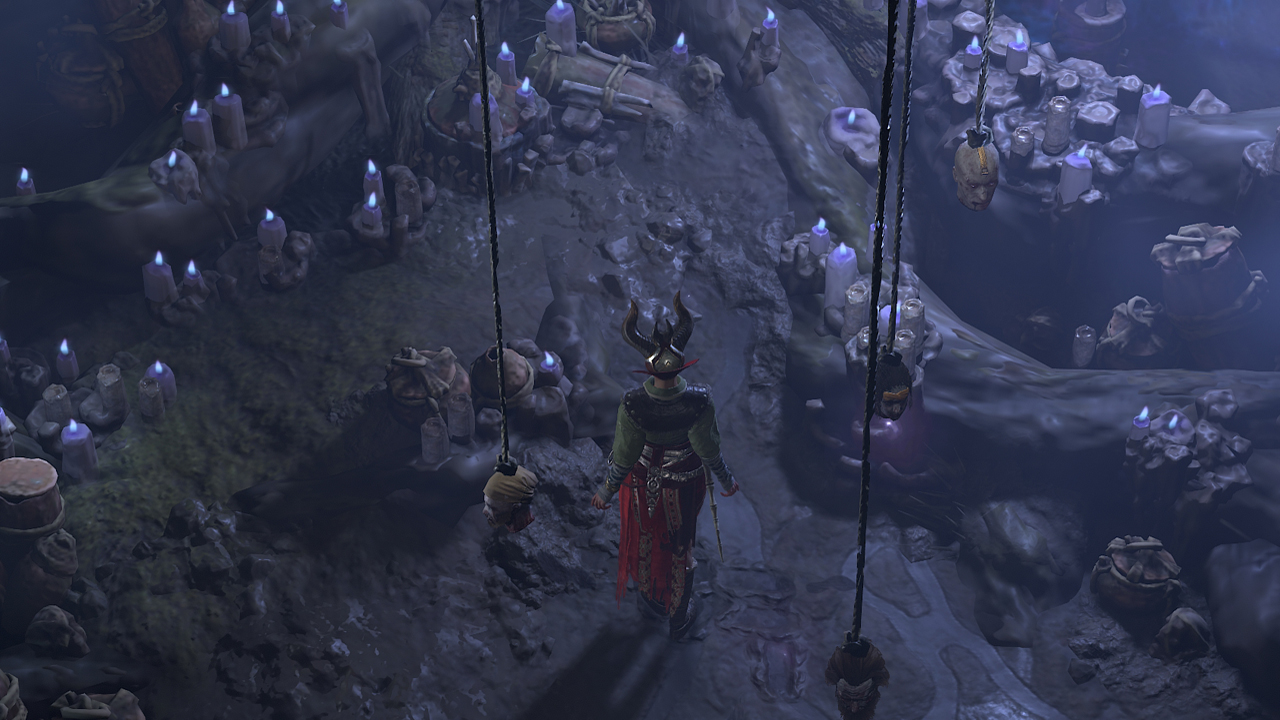
"We knew that we had to make a 3D engine and had to make Diablo 3 3D instead of 2D," Brevik says. "It was still gonna be isometric, so the idea was to lock the view so the camera wasn't really going to be [moving]." Screenshots of an early build have leaked in the years since, showing a world that looks similar to the dark, almost demonically Catholic environments of the series' first two installments. But the scale of change was still ambitious, and some team members were siphoned off from Diablo 2's Lord of Destruction expansion during its final stretch of development to lay Diablo 3's technical groundwork in good time. They hoped to create an engine that would serve them for years to come and function as the basis of several future games. It didn't quite pan out.
About two years into development, corporate troubles stunted further progress of Diablo 3. Vivendi, Blizzard's former parent company based in France, had spent the last few years splurging on acquisitions across the telecoms, media, and entertainment industries to little gain. By 2002, it was forced to reorganize its assets to stave off bankruptcy, and a year later reported the largest corporate loss in French history—for the second year running.
Inside Blizzard, nerves about the studio's future were running high, not least because Brevik and other leads had already been caught up in the fallout of a previous corporate implosion. Several years earlier, the studio's then-parent company Cendant became the center of a million-dollar accounting scandal after falsely inflating its revenue. As its value crashed, the stock compensation paid out to Brevik and others plummeted with it. Now, Vivendi looked to be set on a similarly ruinous path.
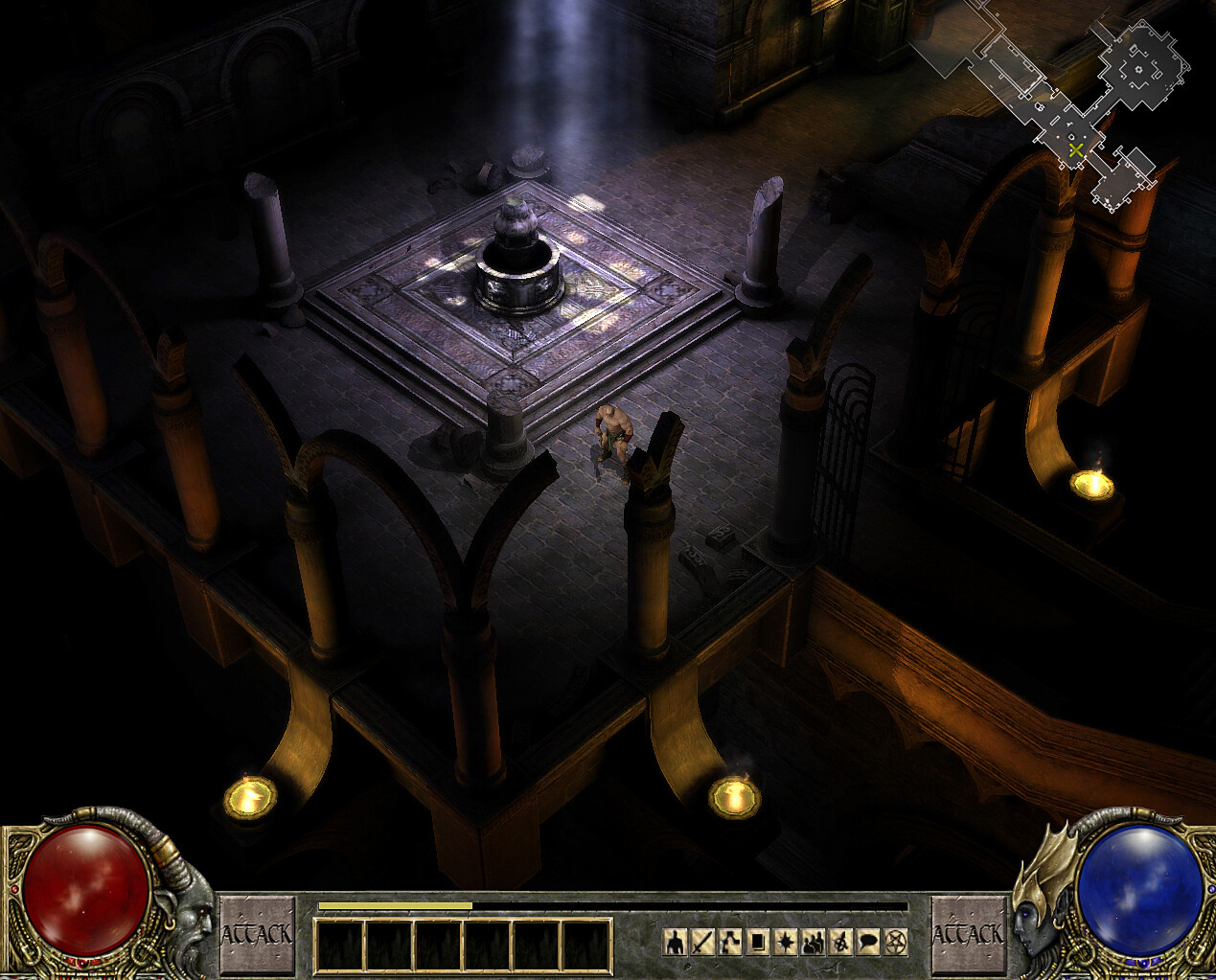
"We're like, shit, here we go again; these guys above us are crooks—again," Brevik says. As the company began discussing the possibility of selling Blizzard to shore up Vivendi's accounts, he and other studio seniors hoped to have a hand in those discussions. But after talks with executives across the Atlantic broke down, and further negotiations around golden parachutes and compensation schemes collapsed, the road ahead looked short. "As the sale became imminent, it was like, we just can't be part of this," he says. "We've got to take ourselves out of this situation."
We've got to take ourselves out of this situation.
David Brevik
In 2003, as Diablo 3 lay half finished, Brevik and Blizzard North veterans Erich Schaefer, Max Schaefer and Bill Roper left the company to form their own: Flagship Studios. More employee resignations followed in the months after, and two years later, Vivendi announced the total closure of Blizzard North. The studio that had created the Diablo series had been dissolved, and the team behind its latest incarnation scattered.
It would be another five years before the newly minted Blizzard Entertainment announced Diablo 3 at the 2008 Blizzard Worldwide Invitational, and another four before the game hit shelves. What arrived, though, was far removed from what the team at Blizzard North had originally envisioned. The social MMO elements were gone entirely, the gritty tone of the series' past replaced with a lighter touch, and the shared overworld absent in favor of optional online co-op reminiscent of the game's predecessors. Of the few online features that were implemented, the most notorious was the Auction House—a real-money store that allowed players to trade items with one another—which earned so much derision that it was eventually removed entirely.
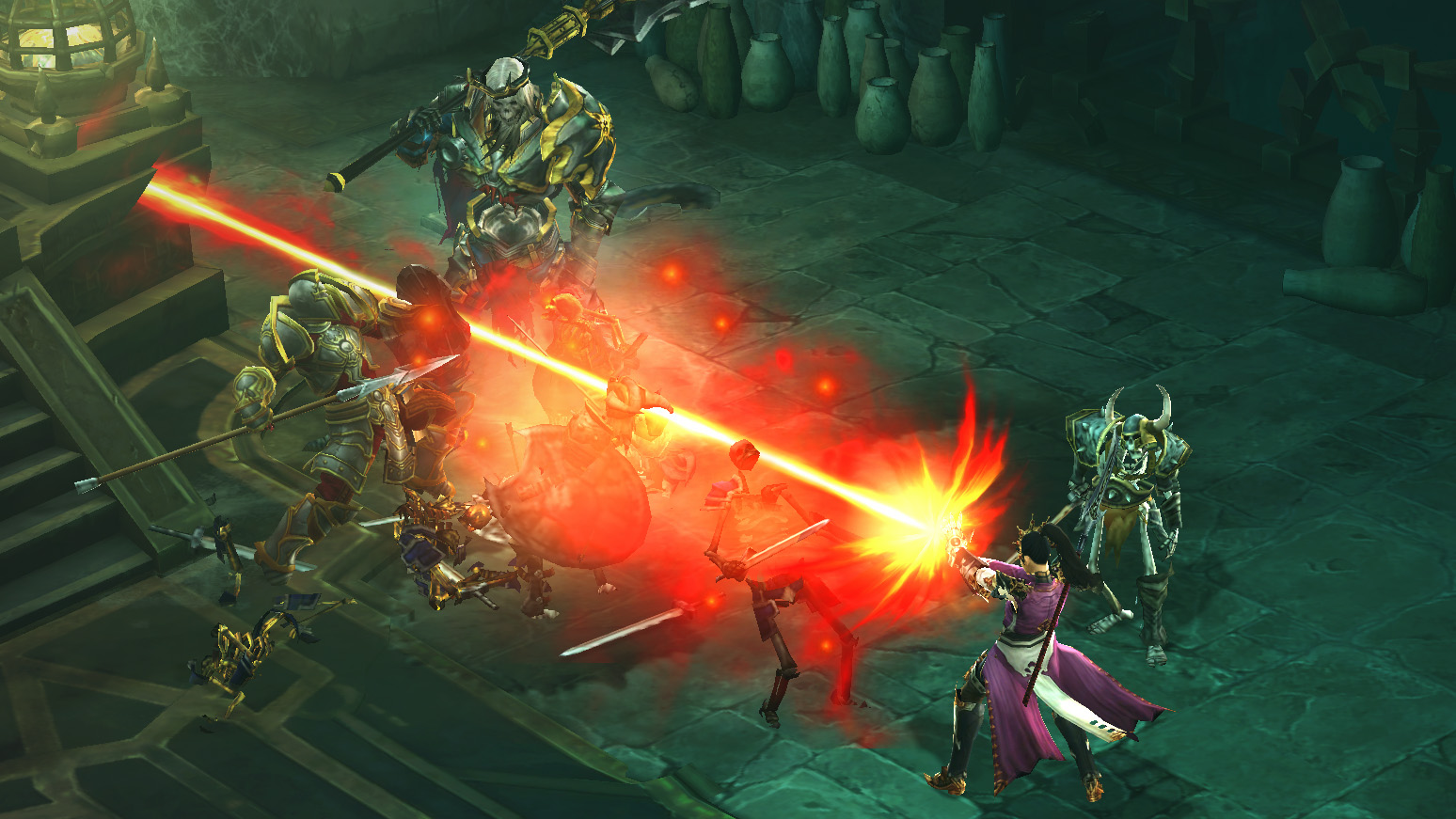
Brevik, though, shows little regret for how things turned out. "I'm happy with my decisions," he says. "I thought that I ended up being true to myself instead of kowtowing to the executives that can play with us like we're nothing."
But given the continuing popularity of Diablo and the fourth entry's similarities to Blizzard North's canned game, was it the one that got away? "We were really excited about doing it, and I think it would have been great," he says. "But it just wasn't meant to be."

